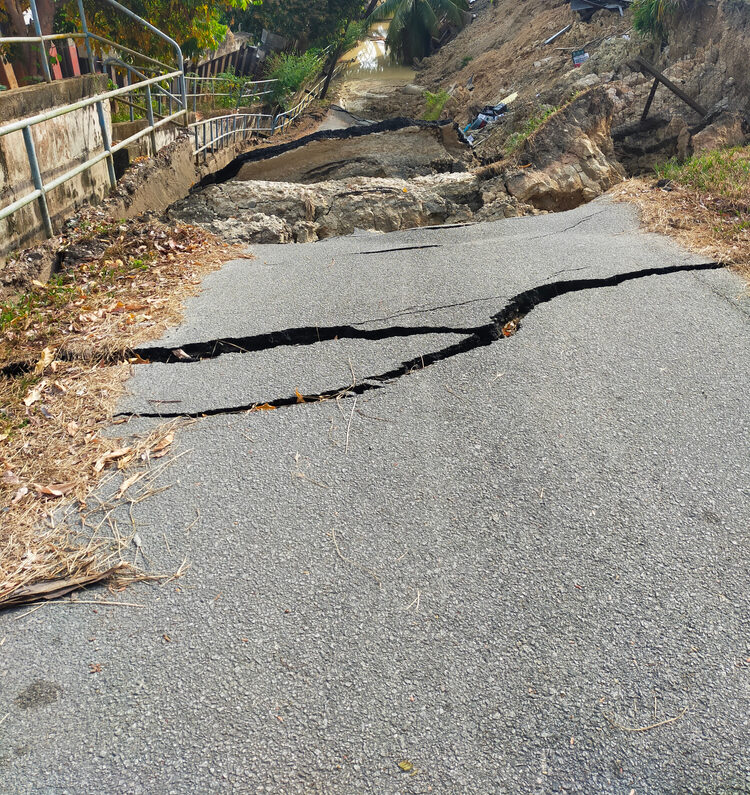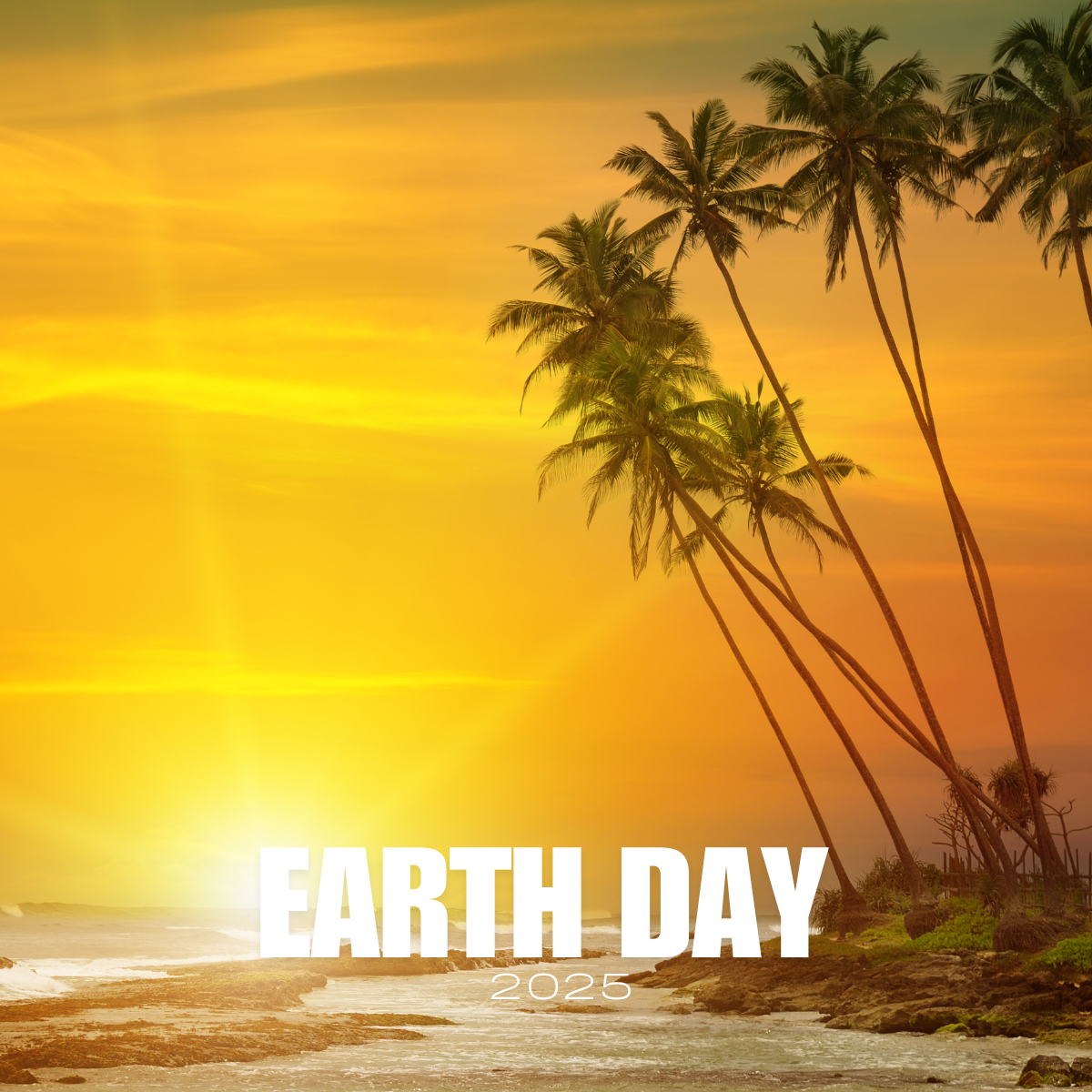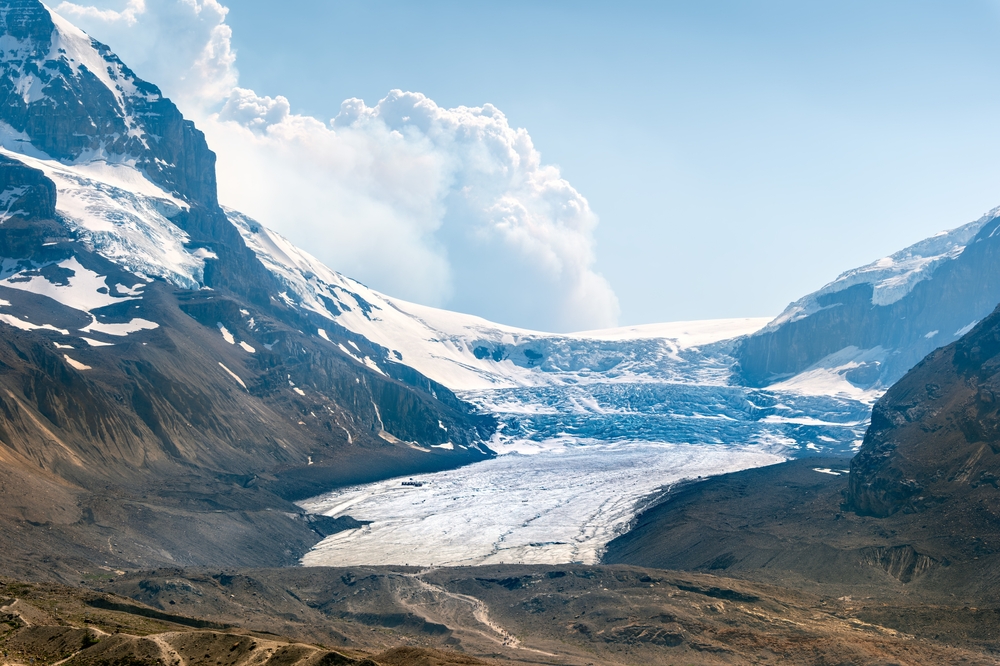Sea Turtles: One of Nature’s Top-ranking Marine Engineers
In Louis Armstrong’s ‘What a Wonderful World’ everything and everyone has a role to play in making our planet spin. That goes for sea turtles too! As we observe World Turtle Day this May 23rd, let’s look at how sea turtles are championing ecosystem engineering right here in the Caribbean and across the world.
An ecosystem engineer is an organism that directly or indirectly regulates the availability of resources to other species, by causing physical state changes in biotic or abiotic materials. Plainly put, ecosystem engineers are huge influencers that bring stability to their habitats by making significant changes to the state of the habitat (through modifications, creation or destruction).
In the marine world, the critically endangered hawksbill and green sea turtles (two of the six species found in the Caribbean) are transforming reef systems and seagrass meadows, maintaining balance in biodiversity and ensuring effective wave attenuation and sediment accumulation.
Hawksbills selectively feed on reef sponges, which would otherwise outcompete corals. Their presence ensures that coral reef biodiversity is balanced and species richness is maintained. If hawksbill turtle populations were to be significantly reduced, sponges would overtake reefs for space and the decline in ecosystem services once offered by the corals could lead to ecosystem collapse.
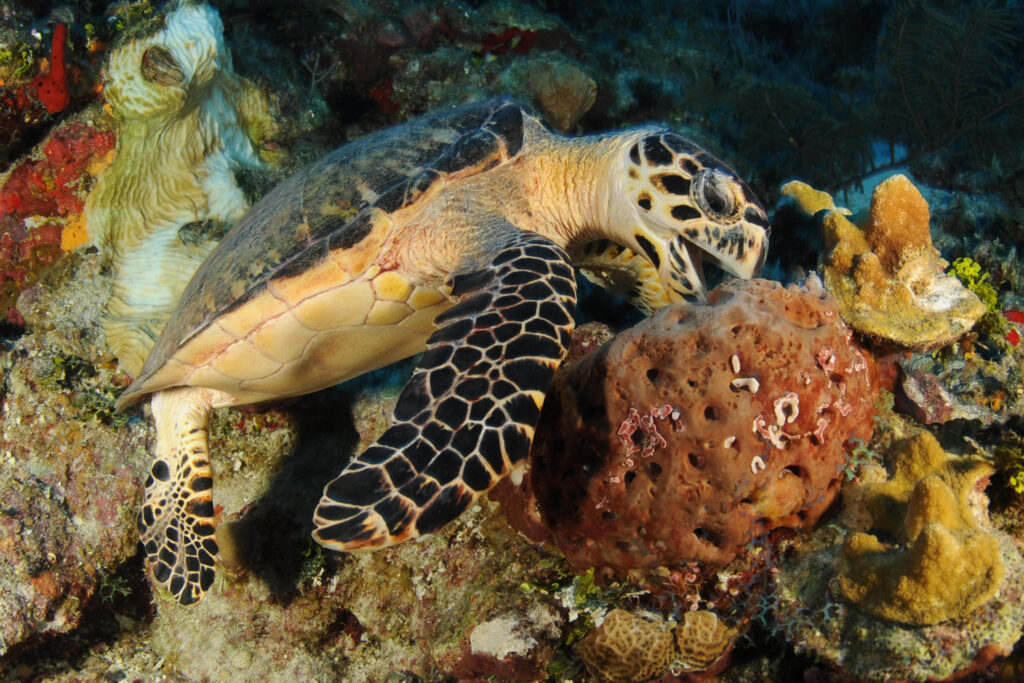
Green sea turtles (Chelonia mydas) engineer the structure of seagrass meadows while they graze on blades of turtle grass (Thalassia testudinum). By eating the younger parts of the turtle grass near the bottom, the older parts break off and float away. This stops the seagrass from shading itself too much, so it can still get enough sunlight to grow. It also helps water move more efficiently through the grass and keeps the sand below well-oxygenated. By removing old grass, the turtles also help stop nutrient build-up, which can damage the ecosystem.
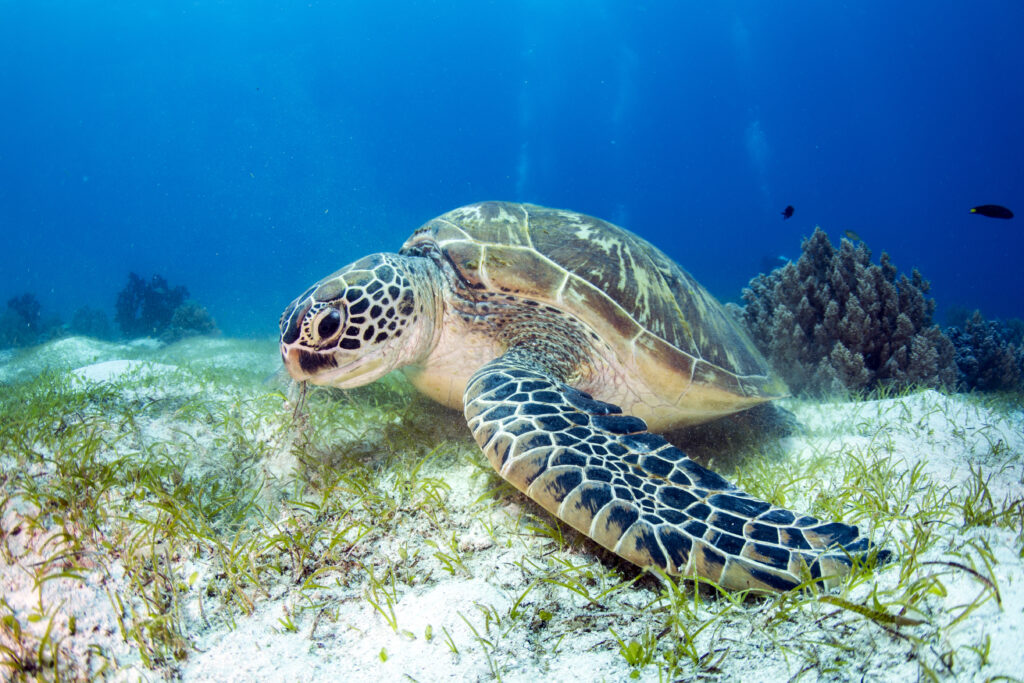
On land, when these turtles come up on beaches to lay their eggs beneath the sand, their excavating activities regulate the distribution of shoreline vegetation, by digging up seedlings and uprooting shrubs and preventing encroachment near the shoreline. Human activity, however, is the biggest threat to the longevity of these marine [ecosystem] engineers. Check it out:
- Overfishing of turtles for food and fashion in the 17th and 18th centuries destroyed once massive rookeries in the Caribbean. Cayman fishery records from 1688-1730 were used to estimate a population of 6.5 million adult turtles in the Caribbean at that time, and over 10,000 adults harvested annually. This nearly obliterated the population of green turtles. Imagine the thousands more captured and killed across the world from then ‘til now?
- Coastal development has destroyed seagrass meadows, narrowed beaches available for nesting and with increased light pollution, has deterred female turtles from nesting. The continuing expansion of tourism and port development in the Caribbean have completely transformed once secluded, species-rich coastlines, contributing to significant light pollution that deters nesting activity and depletes coral and seagrass populations, impairing innate nesting behaviours of female nesting turtles.
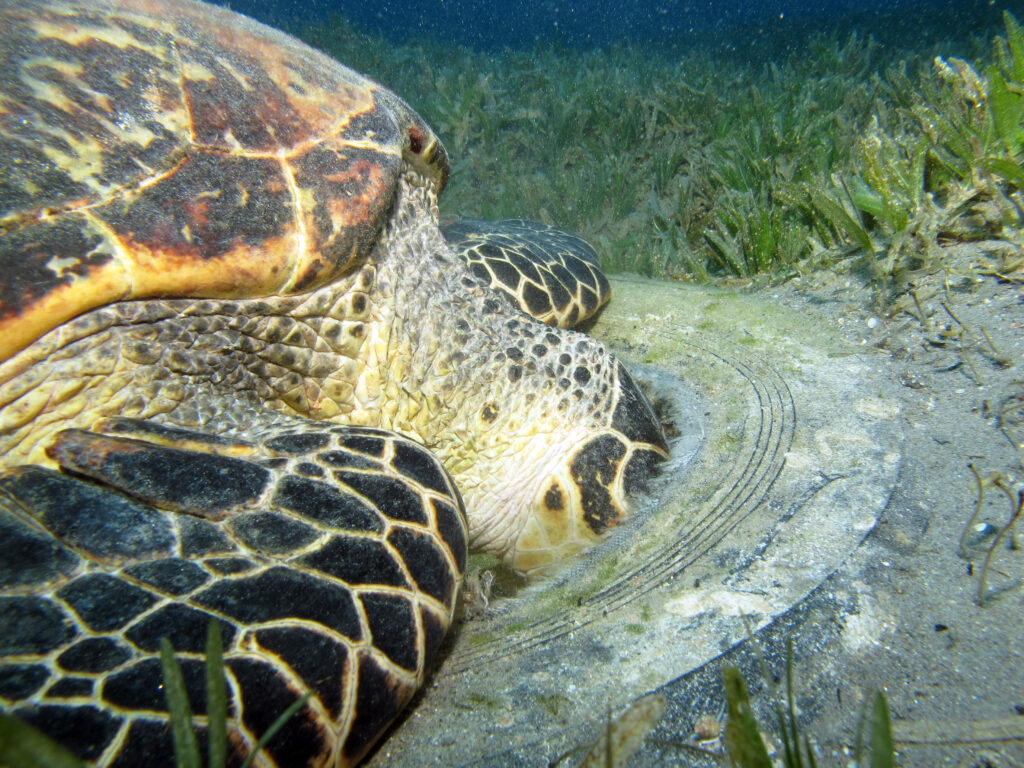
- Water pollution from land-based sources increases incidences of eutrophication and leach toxicants in the marine environment, which may cause impairments to their body function
- Invasive species such as dogs and mongoose that have emerged from coastal communities prey on nesting turtles and eggs.
Should it matter to you?
While many of our day-to-day activities do not cross paths with these marine engineers, we are all interconnected. Sea turtles maintain marine ecosystems from which much of our seafood emerges before they arrive on our plates. Their foraging activity also ensures that seagrass beds perform as wave and sediment regulators, making beaches safer for recreation. Similarly, sea turtles keep our coral reefs vibrant, which are often sanctuaries to destress from life’s busyness and attractions of diving and eco-tourism.
Even if there is no direct linkage to us, we should promote the balance that naturally exists, just like these sea turtles maintain the ecosystem functions that keeps the marine world vibrant and healthy.
